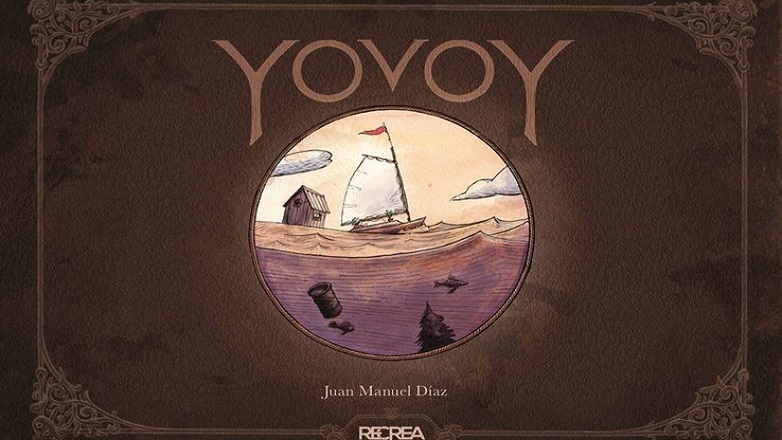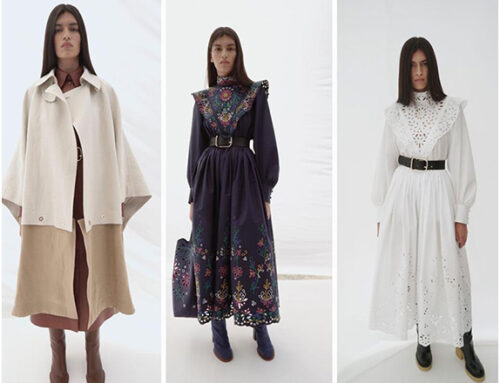With color and creativity, Uruguayan illustrators are positioning this small country in the global children’s and youth book market, where stories are left empty without the painted images, which, in the form of an album book, triumph in Europe and Asia.”An image is worth a thousand words,” reads a popular saying shared by members of a sector, that of Uruguayan illustration, which works to export traces of an exquisite quality and technique, as explained in an interview with Efe agent Jorge Varela, who represents eighteen illustrators from this small South American country.
DRAWING STORIES
A story of emigrants, love and football served the Uruguayan Eduardo Sganga to win the 2019 National Enlightenment Prize and bring his project “Danubio” to the International Children’s and Youth Book Fair of Bologna (Italy) 2020 (BCBF), the largest showcase of this type of literature in the world.Through reds and blues, Sganga expresses himself in this work in a language, that of illustration, which accompanies him from the first time he grabbed a pencil when he was just a child, recounts in a conversation with Efe.
Sganga entered this world through the textile design career, since in Uruguay there is no specific training in illustration, something that, while it may seem like a handicap, becomes a virtue, because it offers a “variety” to the publishing market that other countries do not, says agent Jorge Varela.”What is given in Uruguay is a very rich process, at the level of formation and at the level of exchange, which crystallized in recent years with a very interesting evolution by a number of artists who have been recognized abroad”, stresses Varela. Several publishers in Uruguay bet on the album book, the one in which the image has the same prominence as the word and illustration is fundamental.
“We are not only going with the trend of illustration, but somehow generating a trend for the originality of Uruguayan illustrations,” says Efe the director of the publishing house Basilisa, Mercedes Lafourcade.In this way, and with a “own language”, Uruguay is managing to “break the dynamics” and generate content for European and Asian markets, which were not used to buying Uruguayan culture, says to Efe the director of Amanuense, Rodolfo Bolaños.
ILUSTRATE TO INCLUDE
A yellowish eye of a crocodile cries and looks at the reader of “Milo y Manú” in an illustration of the Uruguayan FABA that occupies the page of this book published by Basilisa, a publisher that works for readers with dyslexia.It is one of the “disturbing” images with which Basilisa fills out her albums in order to “awaken” the child’s interest in reading, says Lafourcade.
This editorial uses research in the field of cognitive sciences and artificial intelligence to create works adapted and beneficial for people with dyslexia.Thus, Basilisa plays with elements such as lexicon or typography to simplify reading and that words have a cognitive effect on the public, all with the help of the image, which never demerses in quality.
“The album book is an object of great artistic value,” the editor says.
THE CORONAVIRUS, AN OPPORTUNITY FOR THE “REBIRTH” OF THE BOOK
Inevitably, the COVID-19 pandemic affects an industry, the publishing house, which is itself “very sensitive,” Bolaños points out.However, this instance can be used to see a “rebirth” of the illustrated book, Jorge Varela highlights, as the little ones spend more time in their homes.Although a mandatory quarantine does not apply in Uruguay, it is exhortationto telework, something that was already common in Edu Sganga’s life, he says, and that can serve as a “trigger” for an illustrator’s productive work, Varela adds.
Thanks to the support of Uruguay XXI, the agency for the promotion of investments, exports and Marca País, and the Ministry of Education and Culture, both, together with Amanuense and Basilisa, “came” to the Bologna Fair that, for the first time, was held virtually, something that Uruguayans were able to take advantage of.
“This new modality is positive, dynamic of the publishing industry, because what it does is that we can show the work all year round, incorporate new projects and new publications that we have to show our customers and, in that sense, it is a tool that did not exist before,” says Varela.
On a “virtual” wall, illustrators and publishers hang their works for other markets to know and buy their rights to publish them in other countries and even languages, as has happened with several Uruguayan artists.These meetings also allow an exchange of ideas, impressions and trends between artists from different parts of the world.
“It was very nutritious and something that did me good was to feel like I was a part, that I wasn’t that far away,” Sganga says of his participation in Bologna.Thus, approaching through the screen, Uruguayan talent can continue to paint their colorful stories for the rest of the world.
Written by CE Latin America Migration





